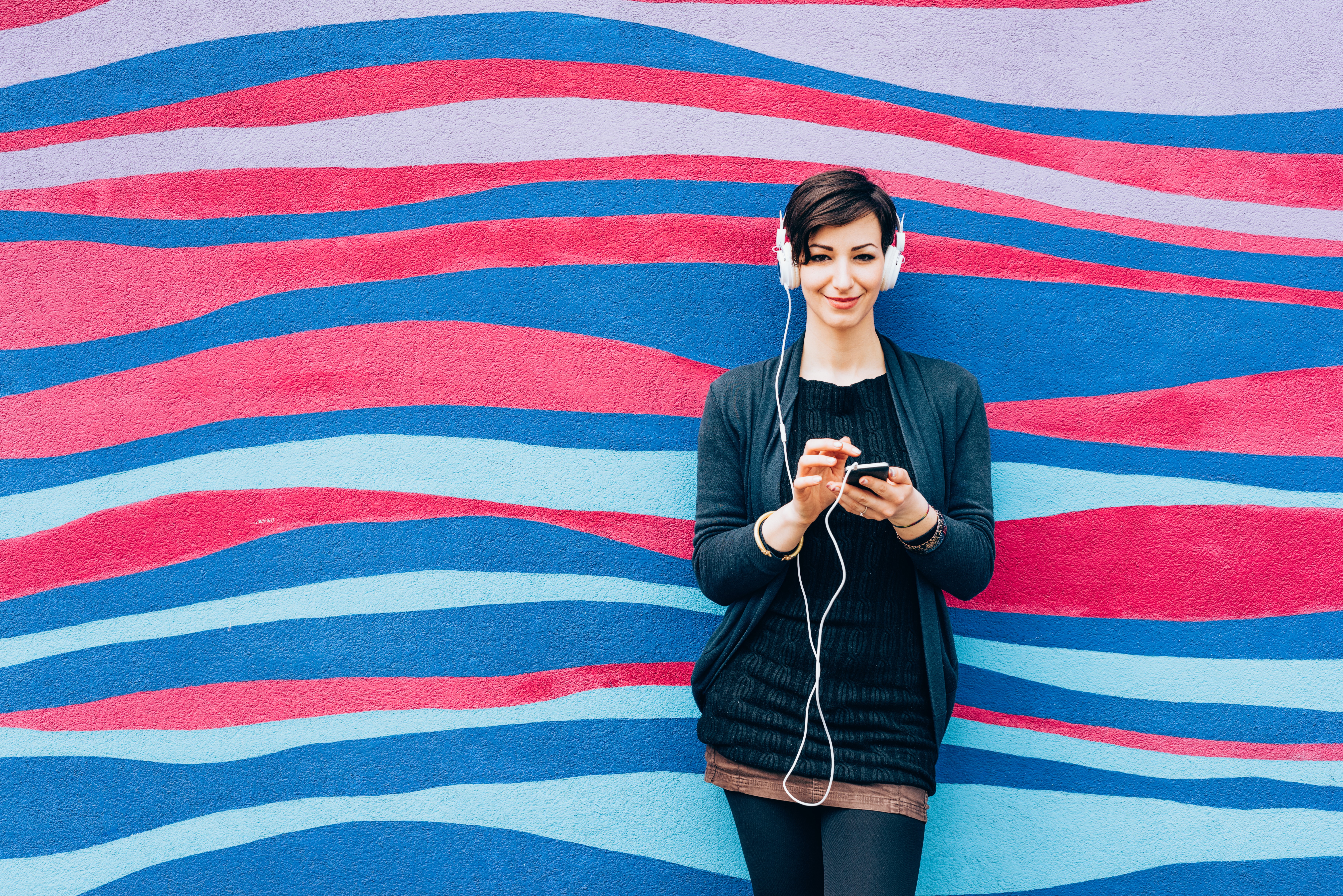iHeart and Ad Clients Highlight Radio Campaign Results, and a Big Disparity, at AudioCon

The disparity is stark: While about 30% of Americans' daily media consumption is spent with audio, only 9% of ad dollars go to the medium, according to research from iHeartMedia. Executives there challenged the misconceptions that have led to that vast difference by sharing brand partners' success stories at iHeart's recent AudioCon event, which took place in Las Vegas.
"We have huge reach," iHeartMedia CEO Bob Pittman said. "We not only give you access to relevant audiences but access to the data and analytics to now target and measure performance." He said that radio reaches about 90% of adults weekly. That's according to Nielsen. And Edison Research reports that 30% of Americans 12+ listen to podcasts monthly.
Invite job candidates to apply live during the Media and Advertising Community's Black Talent Outreach Week at MediaVillage.com and AdvancingDiversity.org October 17-20. Apply for jobs/submit your resume here.
Some marketers may be reluctant to dive into radio more fully at a time when financial markets are sputtering and the economy is uncertain. But iHeart's Chief Marketing Officer, Gayle Troberman, argued that brands should shake up advertising during such times. "People are listening to audio, and now is the time to make real change," she said.
Data from analytics firm Neustar deepened the picture. It showed that advertisers in the telecom, auto and financial services sectors are, on average, 22-23% underinvested in audio. If brands shifted a fraction of ad dollars to audio, they would see measurable results, according to Neustar's Vice President of Consulting Services, Joe Pagano. "Move money from less efficient tactics," he advised marketers. "You can change the mix and move the needle."
That's been automaker Hyundai's experience. Three years ago, when the auto manufacturer wanted to revamp its media mix, the company's agency partner, Canvas Worldwide, suggested doubling down on audio. "They said, 'There is a way to reach another dimension of the audience, because they aren't [all] watching TV,'" Hyundai's Chief Marketing Officer Angela Zepeda recalled. "We can reach them in a really powerful way with audio." In a recent study, Zepeda said audio ads showed a 20% lift in brand favorability. "Audio is working very hard for us. It has strong metrics behind it, and the ROI is favorable," she said. "We really blossomed. It was about making emotional connections with audiences, and that's the beauty of where we found a new way to connect."
Similarly, in the hyper-competitive telecom industry, T-Mobile wanted to reframe its media strategy and reach consumers more effectively. "We needed a place we could dominate and be the top spender," noted Chief Creative Officer Peter DeLuca. "Disruption was the start, but it's also about storytelling, and radio has allowed us to extend in a big way."
Leaning into one of audio's selling points, both Hyundai and T-Mobile work with popular radio personalities and podcasters on custom spots and integrations.
In one activation, Hyundai featured Scrubs alums Zach Braff and Donald Faison. They host the Fake Doctors, Real Friends podcast. The actors revisited old Scrubs locations in L.A. while driving around in a Hyundai. On The Bobby Bones Show, when Bones' co-host Eddie Garcia launched a drive to raise money for foster care, Hyundai backed his efforts and helped raise $250,000.
With these efforts, "It wasn't showing up to talk about the car; it was about the connection and shared values," Zepeda said.
Similarly, streaming service Hulu is using audio to reach large audiences, engage consumers, and raise awareness for its originals, said Vice President of Media Sharon Boddie. The strategy is working. In brand lift studies, Boddie said they saw more than a 30% increase from radio.
For audio to play a larger role, Publicis Media COO Chris Boothe said audio should be included in the early stages of campaign planning. Too often, he said, audio is tacked on at the last minute. If audio was included "upstream," it could have more impact, he asserted, adding: "We're seeing growth with our clients. We talk about emotional connections [with audio] and clients get it."
Jacki Kelly, CEO of dentsu Americas, also referenced the emotional aspect. She said that when speaking to clients about audio, she emphasizes the intimate, one-to-one environment and listeners' connections with beloved hosts. "You have access to artists and things that make people feel things, and that trust in that relationship," she noted.
However, "audio has a perception issue with decision-makers," Kelly added. To combat that, she advised audio media companies to educate marketers and work closely with agencies.
To dispel misconceptions about audio (and in a play on the event's name), iHeart's Troberman shared some "audio cons" -- and then set out to knock them down.
One common misconception, she said, is that consumers need video ads to visualize a product or service. People don't need to watch cheese melting on pizza to want a slice, Troberman insisted. Instead, she implored marketers to produce compelling audio storytelling that helps listeners create mental pictures. "Audio can be perfectly targeted and relevant," she said. "It can be just as powerful as sight, sound, and motion."
Another falsehood is that audio doesn't stimulate listeners' brains, Troberman added. In studies of the same audio and video spots, the audio ad produced more brain activity.
When marketers say audio spots are lackluster, Troberman begs to differ. Audio companies, including iHeart, offer in-house studios that can create engaging campaigns. Even better, she said, they work quickly and with much lower budgets than video. For instance, when iHeart was tasked with quickly creating a campaign for liquor company Bacardi, they generated a simple idea: "Drink Bacardi Tonight," and paired it with catchy music.
Accoring to Troberman, the campaign was produced in two days and ran for eight weeks, generating tremendous engagement. "It was the cheapest campaign ever created in the history of marketing," she said. "And it worked!"
Click the social buttons to share this story with colleagues and friends.
The opinions expressed here are the author's views and do not necessarily represent the views of MediaVillage.com/MyersBizNet.


